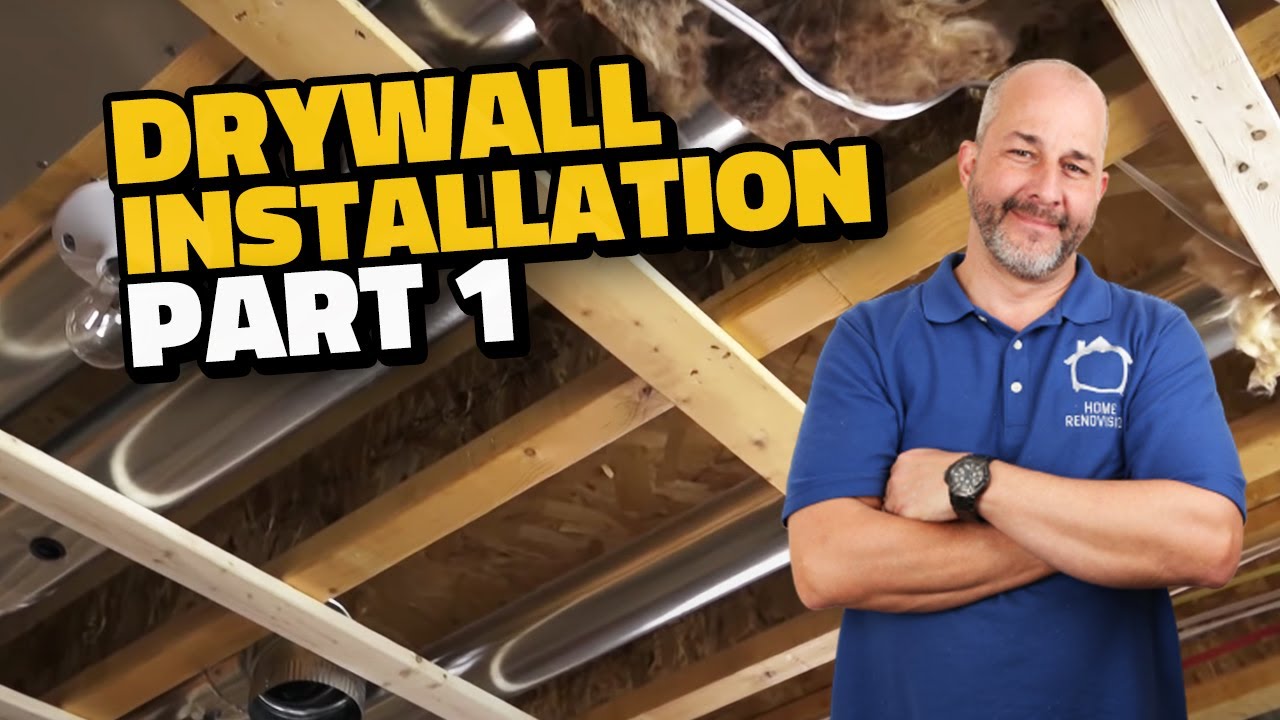Sheet rock, also known as drywall or plasterboard, is a versatile building material that has revolutionized the construction industry. Lightweight, durable, and cost-effective, sheet rock offers endless possibilities for creating beautiful and functional spaces. Whether it’s used to construct walls, ceilings, or partitions, this remarkable material brings efficiency and convenience to any project. Its easy installation process saves time and effort, allowing builders to achieve remarkable results in record time. Furthermore, sheet rock’s fire-resistant properties offer enhanced safety, providing peace of mind to homeowners and businesses alike. Additionally, its smooth surface allows for seamless finishing, enabling endless design options, from traditional to contemporary. With a wide range of thicknesses and sizes available, sheet rock can be tailored to suit various construction needs. It also acts as an excellent sound barrier, reducing noise transfer between rooms. If you’re looking to enhance your living or working space with a material that combines practicality, durability, and aesthetic appeal, sheet rock is the answer. Embrace the possibilities it offers and transform your space into a masterpiece.

Sheet Rock: A Brief Overview
| Property | Description |
|---|---|
| Material | Sheet rock, also known as drywall or gypsum board, is a panel made of calcium sulfate dihydrate (gypsum) sandwiched between two layers of heavy paper. It is a widely used construction material due to its affordability, fire-resistance, and ease of installation. |
| Composition | The core of sheet rock primarily consists of gypsum, a naturally occurring mineral. This mineral is then ground into a fine powder and mixed with additives like water and starch to enhance its properties. The paper facings on both sides provide strength, durability, and a smooth surface for finishing. |
| Types | Sheet rock comes in various types, each designed for specific applications. Common types include standard, fire-resistant, moisture-resistant, and impact-resistant sheet rock. These variations offer enhanced performance in areas prone to water exposure, fire hazards, or high impact. |
| Installation | Installing sheet rock involves measuring, cutting, and attaching the panels to the underlying framing using screws or nails. The joints between panels are then taped and covered with joint compound. This compound is smoothed out, sanded, and finally painted or textured, resulting in a seamless finish. |
| Advantages | Sheet rock offers numerous advantages over traditional plaster walls. It is cost-effective, lightweight, and allows for faster construction. Additionally, it is resistant to mold, mildew, and pests, making it an ideal choice for modern construction projects. |
| Environmental Impact | The production of sheet rock has certain environmental implications. While gypsum itself is abundant and can be extracted sustainably, the manufacturing process consumes energy and generates waste. However, efforts are being made to improve sustainability through recycling and reducing the carbon footprint associated with its production. |
As an expert in construction materials, it is crucial to understand the properties and applications of sheet rock. This versatile material has revolutionized the industry, providing a cost-effective and reliable solution for interior walls and ceilings. Whether for residential, commercial, or industrial use, sheet rock continues to be a go-to choice for construction professionals worldwide.
“Mastering the Art of Drywall: A Comprehensive Guide to Flawless Installations (Part 1)”
What is Sheet Rock?
Sheet rock, also known as drywall or gypsum board, is a common building material used for walls and ceilings in residential and commercial construction. It is made from a combination of gypsum plaster and paper, which are layered together to create large, flat sheets. These sheets are then installed and finished to create smooth, uniform surfaces.
The Composition of Sheet Rock
Sheet rock is primarily composed of gypsum, a naturally occurring mineral that is mined from various locations around the world. Gypsum is a soft sulfate mineral that is known for its ability to be easily processed and shaped when mixed with water. It is also fire-resistant, making it a popular choice for building materials.
The gypsum used in sheet rock is typically ground into a fine powder and then mixed with water to form a paste. This paste is then spread onto a sheet of paper and covered with another layer of paper. The layers are pressed together and dried to create a solid, rigid board.
The Installation Process
Installing sheet rock is a relatively straightforward process that requires a few basic tools and materials. The first step is to measure and cut the sheets to the desired size. Once the sheets are cut, they are then attached to the wall or ceiling using screws or nails. The edges of the sheets are then taped and covered with joint compound to create a seamless appearance.
After the joint compound has dried, the surface of the sheet rock is sanded smooth and any imperfections are patched and repaired. Finally, the sheet rock is ready to be painted or finished with a texture, depending on the desired aesthetic.
The Benefits of Sheet Rock
Sheet rock offers several benefits that make it a popular choice for construction projects:
1. Fire Resistance: Sheet rock is made from gypsum, which is inherently fire-resistant. It can help to slow the spread of flames during a fire, providing valuable time for occupants to escape and for firefighters to respond.
2. Sound Insulation: Sheet rock has excellent sound insulation properties, making it an ideal choice for rooms where noise control is important such as bedrooms, home theaters, or offices.
3. Durability: Once installed, sheet rock is highly durable and can withstand normal wear and tear. It is resistant to cracking, warping, and mold growth, making it a long-lasting choice for walls and ceilings.
4. Versatility: Sheet rock can be easily cut and shaped to fit any space, allowing for flexibility in design and construction. It can also be finished in a variety of ways, including smooth or textured surfaces, to achieve the desired look.
The Environmental Impact of Sheet Rock
Sheet rock production does have some environmental impact, primarily due to the mining of gypsum and the energy required for manufacturing. However, efforts are being made to reduce this impact through sustainable mining practices and the use of recycled materials.
Recycled content is commonly used in the production of sheet rock, reducing the need for virgin materials. Additionally, some manufacturers are exploring alternative materials and manufacturing processes that are more environmentally friendly.
Furthermore, sheet rock is a highly recyclable material. At the end of its useful life, it can be crushed and used as a soil amendment or recycled into new sheet rock products.
Conclusion
Sheet rock is a versatile and durable building material that is widely used in construction projects. Its composition of gypsum and paper, along with its ease of installation and finishing, make it a popular choice for creating smooth and uniform surfaces. With its fire resistance, sound insulation, and long-lasting durability, sheet rock offers numerous benefits for both residential and commercial applications.

